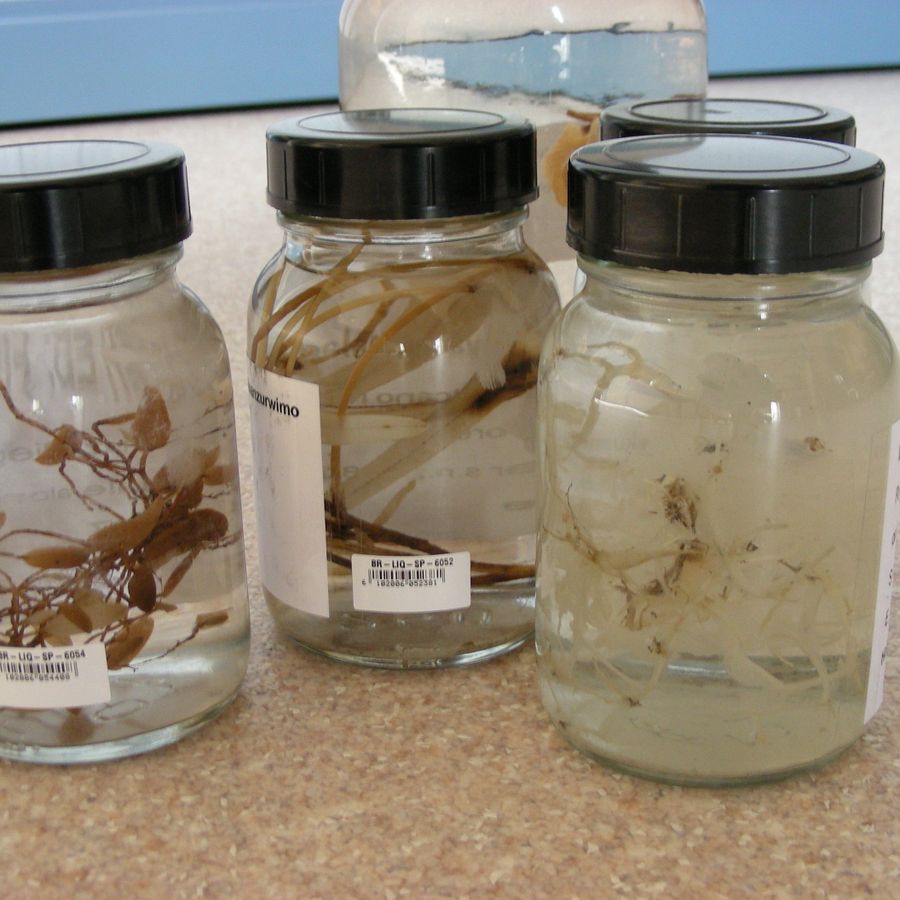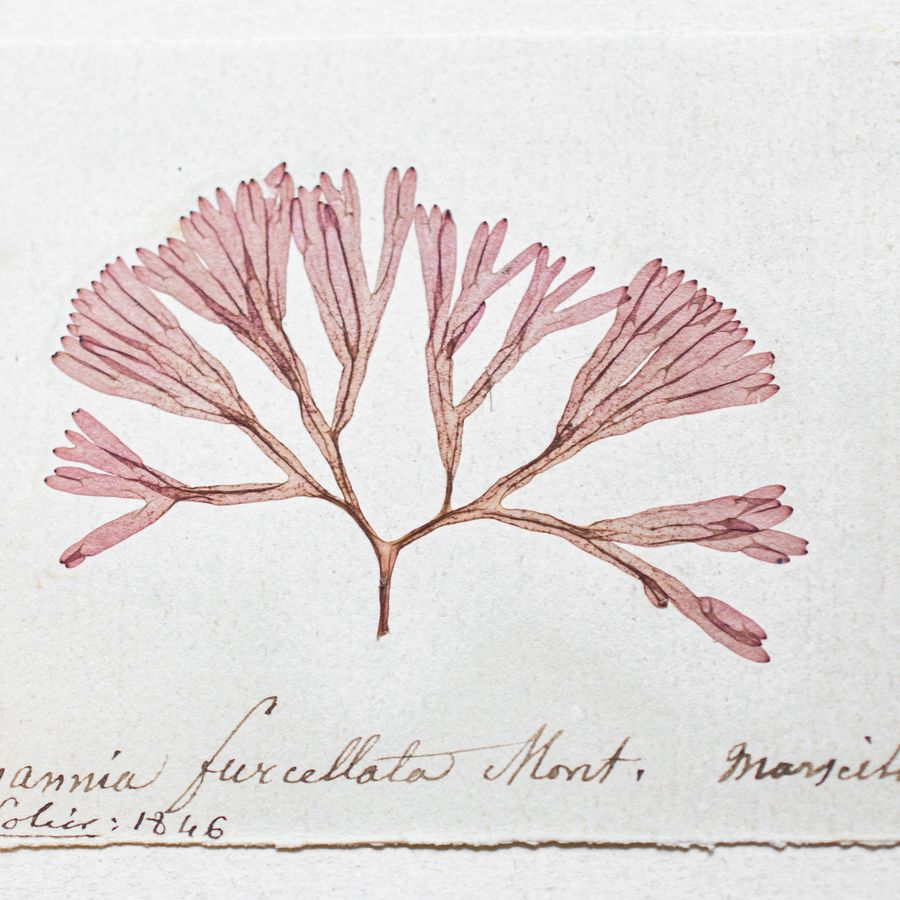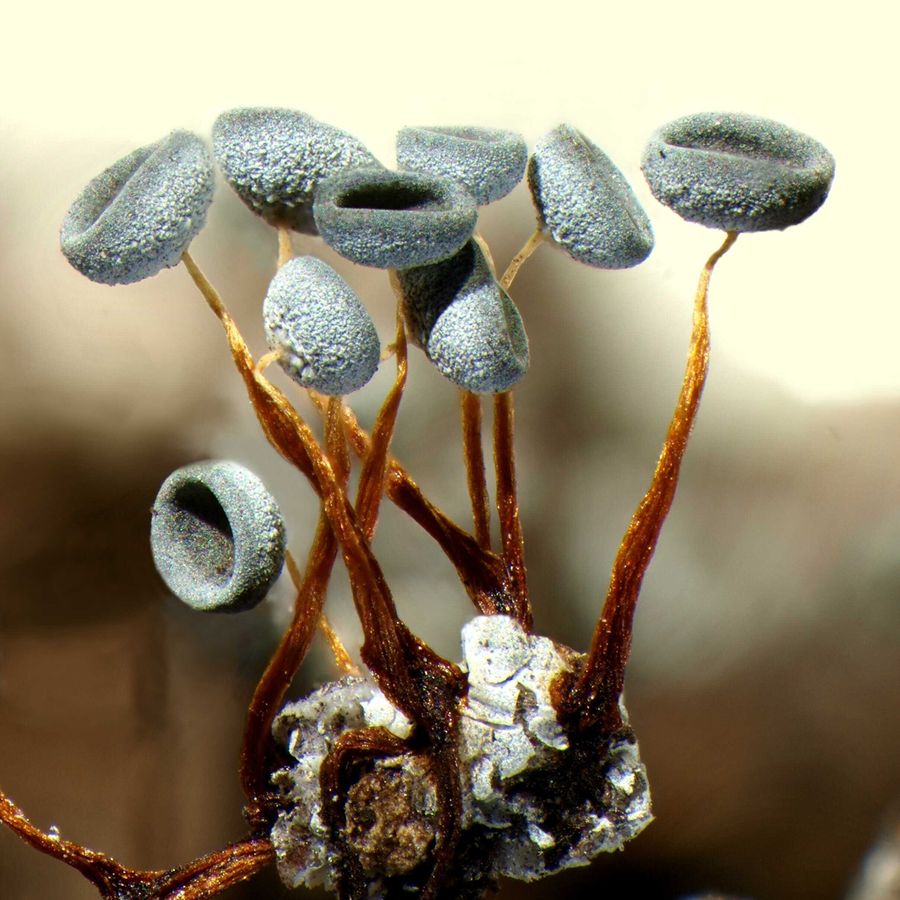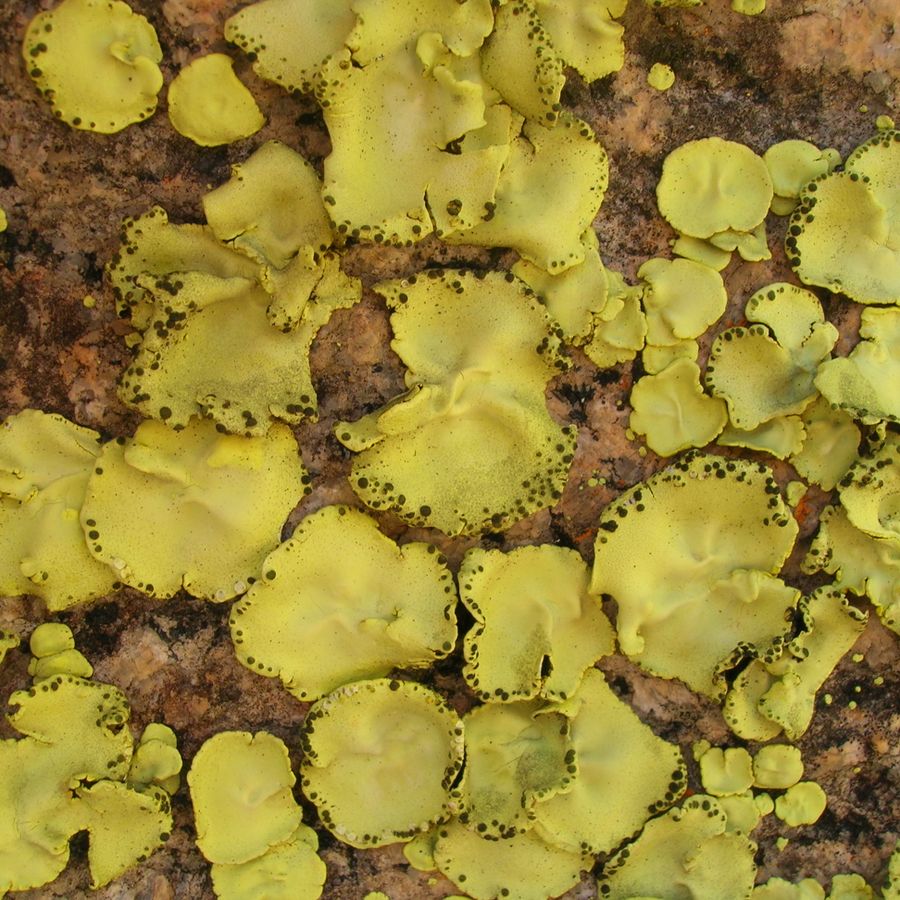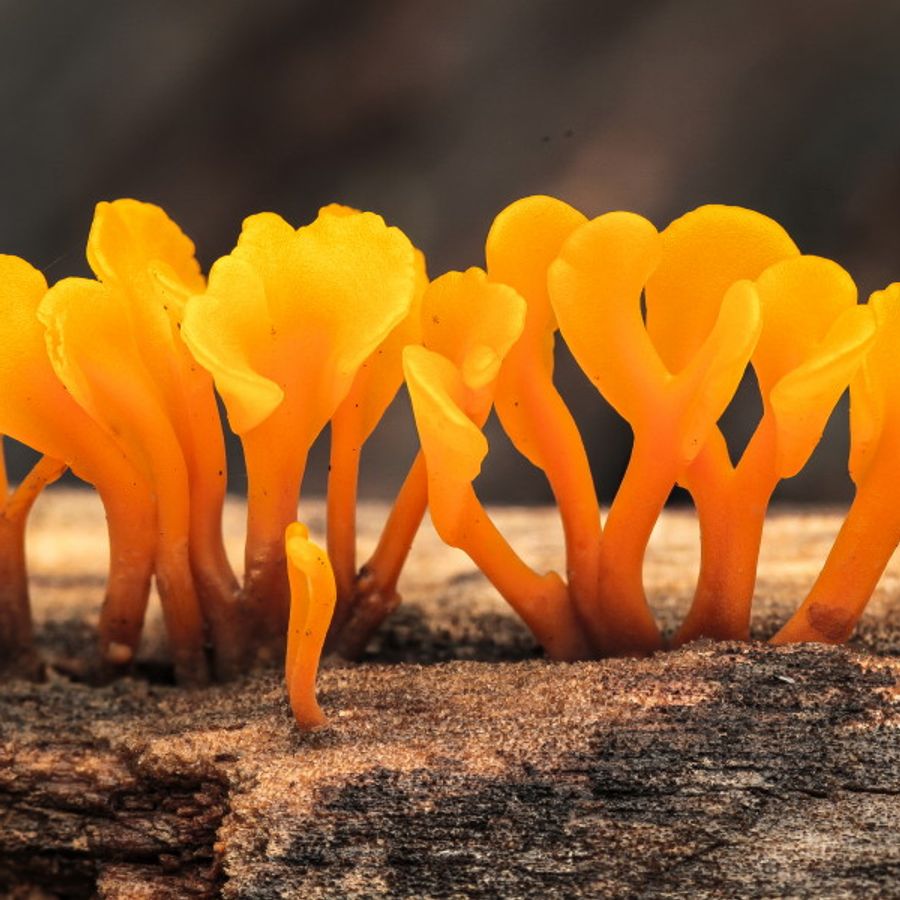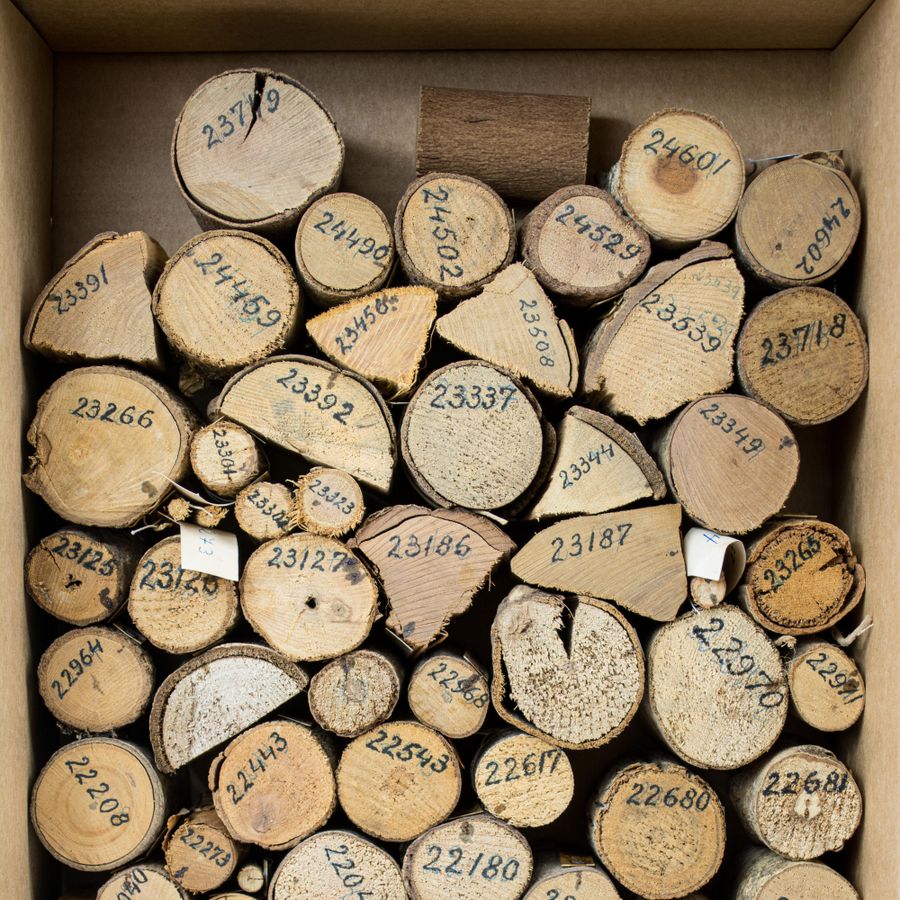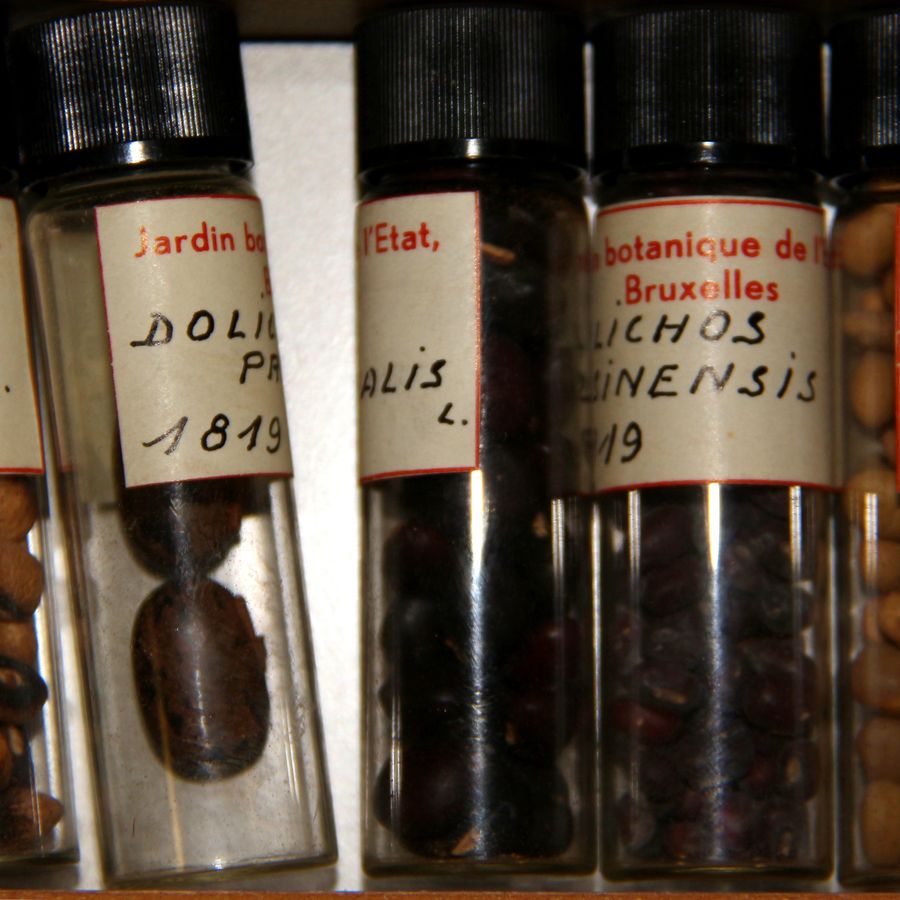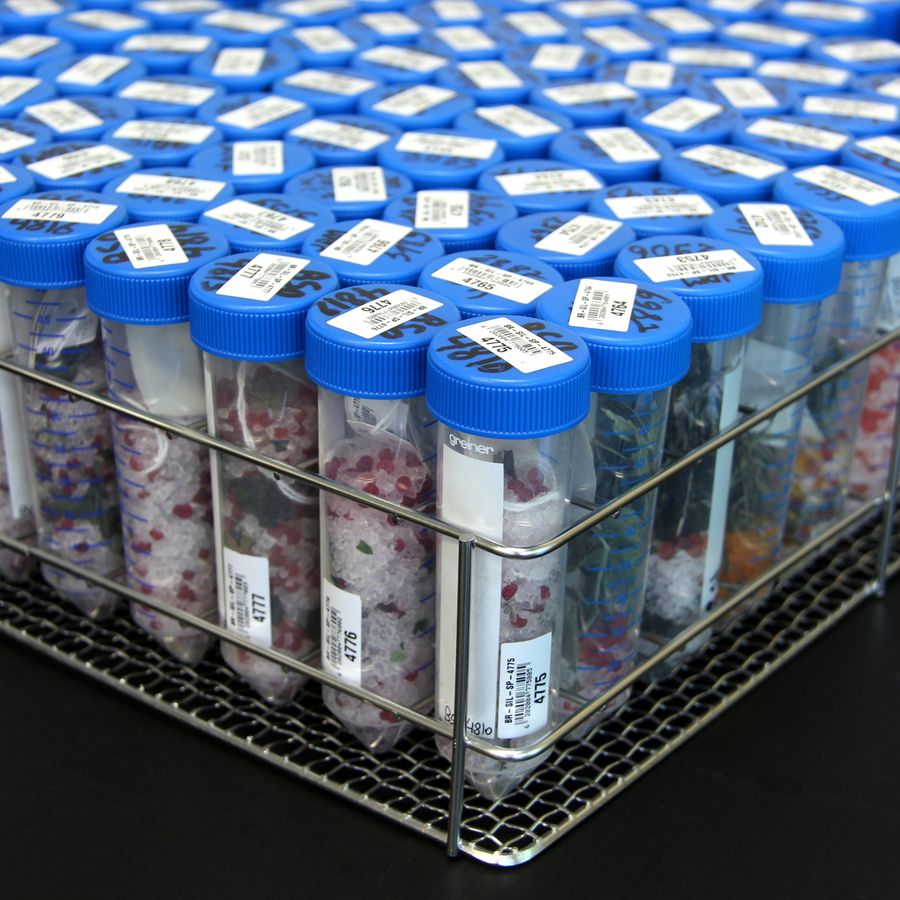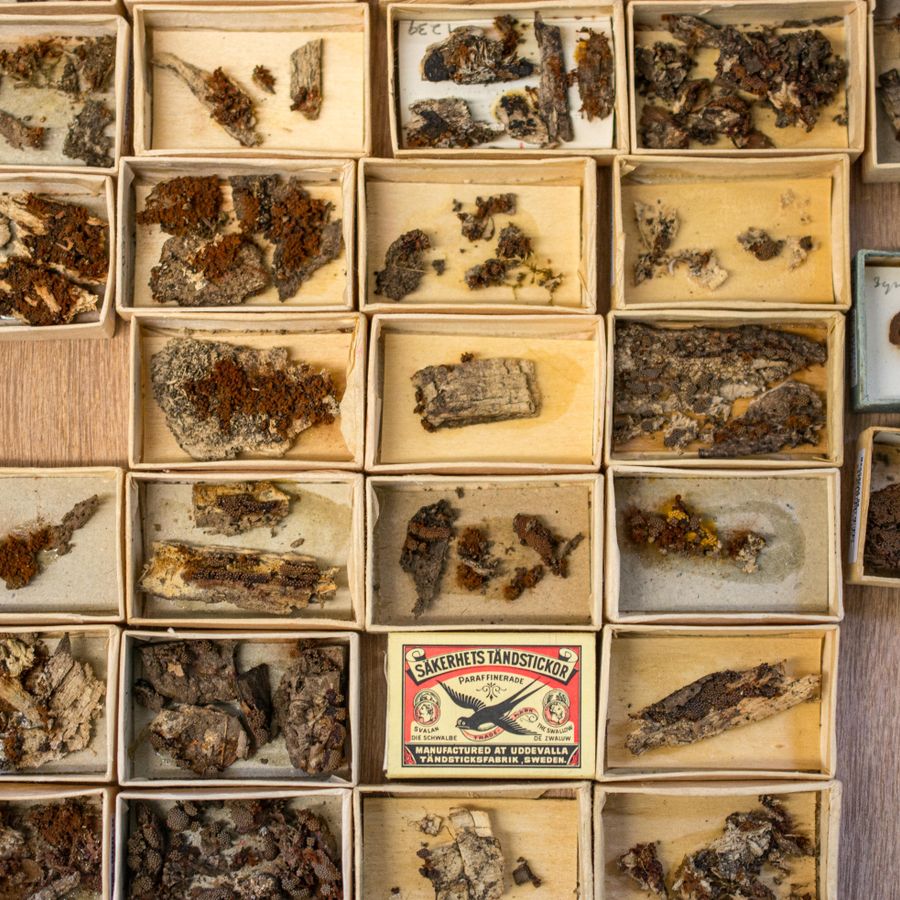
Herbarium collections
From algae to fungi
Our herbarium consists of several collections of dried plants that we preserve, catalogue, and systematically organise for scientific research.
All collection items, also called herbarium specimens, are linked to related information via label data, such as location, collector, date of collection, habitat etc. and sometimes also to other collections such as photographs, drawings, microscopic preparations, alcohol collections, and dry fruits. Also, documents with data such as archives, field notes, maps, etc. can complete the collection.
Our largest collection consists of vascular plants (flowering plants and ferns) but the herbarium also houses mosses, fungi, algae (including diatoms), lichens, and slime moulds. Altogether these constitute a remarkable and irreplaceable source of current and historical information on plants, their environment, and the world they inhabit.
A large part of this collection can be consulted online in our virtual herbarium.
Collections of plant products (wood, resins, fibres, etc.) and ethnobotanical artifacts were once very fashionable. These botanical curiosities are silent witnesses to our history and culture, which go hand in hand with economic development. Another important collection for scientific research includes DNA samples from plants.




